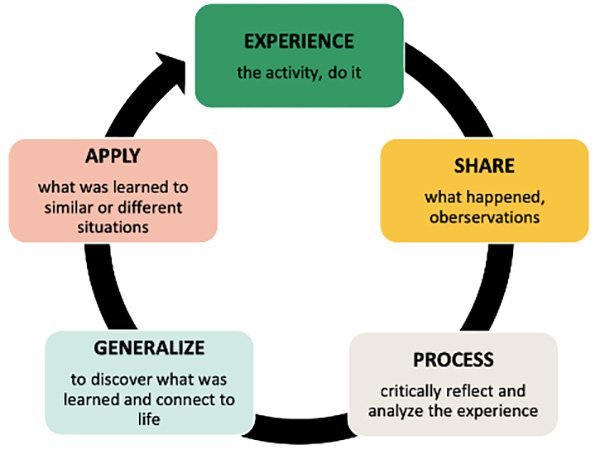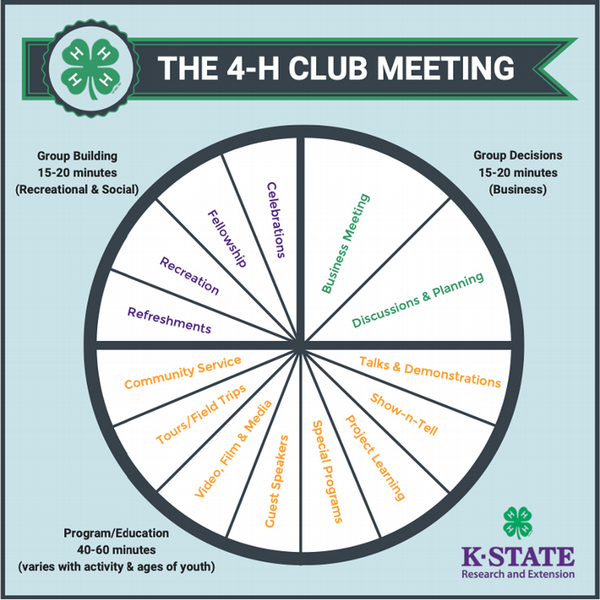South Carolina 4-H operates under the land-grant university system, a unique educational framework designed to extend research-based knowledge and practical skills to the public. Established by the Morrill Acts of 1862 and 1890, land-grant universities support agricultural, scientific, and engineering education, particularly aimed at rural and under-served communities. The system’s foundation was expanded with the Smith-Lever Act of 1914, which created the Cooperative Extension System and extended the reach of these universities into every county through local Extension offices. In South Carolina, Extension programs are offered by two land-grant universities: Clemson University (1862) and South Carolina State University (1890).
As the youth development program of the Cooperative Extension, 4-H benefits from a network of national partners by utilizing the resources, research, and expertise of land-grant universities, USDA, and National 4-H Council to provide practical, hands-on learning experiences. With program delivery at the local level, 4-H empowers youth to explore areas like agriculture, STEM, healthy living, natural resources, and civic engagement. This structure also allows 4-H to tailor programs to community needs while promoting a consistent standard of quality and evidence-based practices across the country, as well as ensures that youth have access to resources and mentors, fostering their growth as leaders and innovators within their communities. Through the land-grant model, 4-H bridges academic research with real-world application, cultivating skills that benefit both individuals and society as a whole.
- Mission:
- We serve South Carolina youth by providing quality experiential learning programs through youth-adult partnership and opportunities to build skills and promote behaviors for youth to become responsible, contributing members of society.
- Vision:
- We aim to set youth on a trajectory to thrive through challenge and discovery by cultivating growth and learning, instilling hope for a brighter future, and encouraging care and concern for others.
- Core Values:
- Head, Heart, Hands, and Health are the four Hs in 4‑H, described by the 4-H pledge, and they are the four values members work on through fun and engaging programs.
- 4-H Pledge:
- I pledge my head to clearer thinking,
My heart to greater loyalty,
My hands to larger service,
and my health to better living,
for my club, my community, my country, and my world.
- 4-H Motto:
- 4-H Slogan:
Key components of a 4-H program:
- Youth receive at least six hours of positive youth development programming annually.
- Experiential Learning Model is utilized in the programming.
- Educational content is research based and age appropriate.
- We provide access to resources of the land-grant university system and Cooperative Extension to ensure 4-H programs, curricula, and procedures are based in research and are developmentally appropriate.
- Impact and civil rights data are collected on the program.
- The program is open to all youth ages 5-18 years.
- Ages in 4-H are determined as of January 1st of the current 4-H club year. The club year runs from September 1st to August 31st.
- Programs must comply with the Clemson University Youth Programs Policy.
Definition of a 4-H member:
A 4-H member is a youth who participates in any educational program or activity delivered by Cooperative Extension and/or receives Cooperative Extension-based curriculum. A 4-H member includes a youth who is ‘Individually Enrolled’ or ‘Group Enrolled’, regardless of the type of engagement/delivery method in which they are participating.
Individual Enrollment:
South Carolina 4-H uses 4HOnline as the enrollment software for individual memberships. Enrollment provides access to all 4-H programming and opportunities statewide. Youth enroll in clubs, projects, and sign a Code of Conduct annually. Parents/guardians provide essential consents, liability releases, emergency contact/health information, and more for the safety and protection of youth and adults participating in 4-H programs. Youth must be an individually enrolled 4-H member to participate in any custodial care program and statewide projects and competitions.
Age Divisions:
There are three general age divisions used in South Carolina 4-H. Again, all ages are in effect as of January 1st of the current 4-H club year.
- Cloverbud: Ages 5-8 years old; this is non-competitive age division.
- Junior: Ages 9-13 years old
- Senior: Ages 14-18 years old
Occasionally, you may see the age division “Cloverleaf” used in reference to a specific program or event. Cloverleaf a subdivision of the “Junior” age division to target younger youth in that age division. Follow the age or school grade guidelines referenced by individual projects or programs to define this age division.


